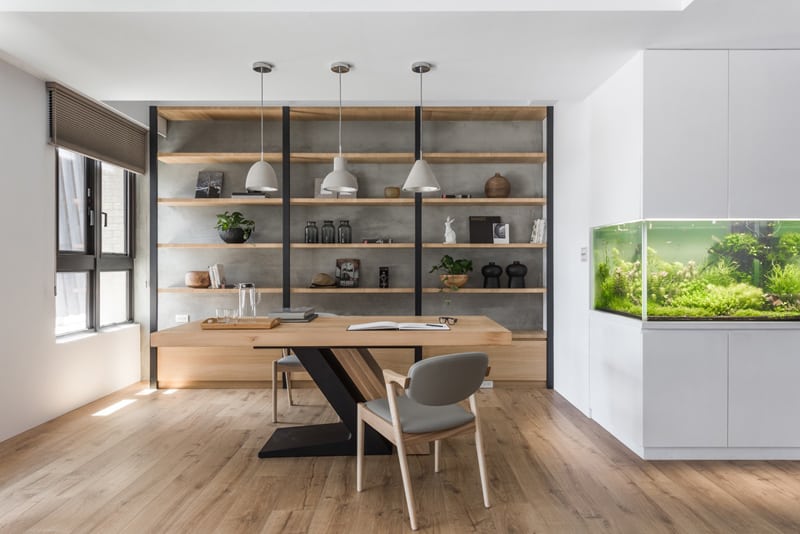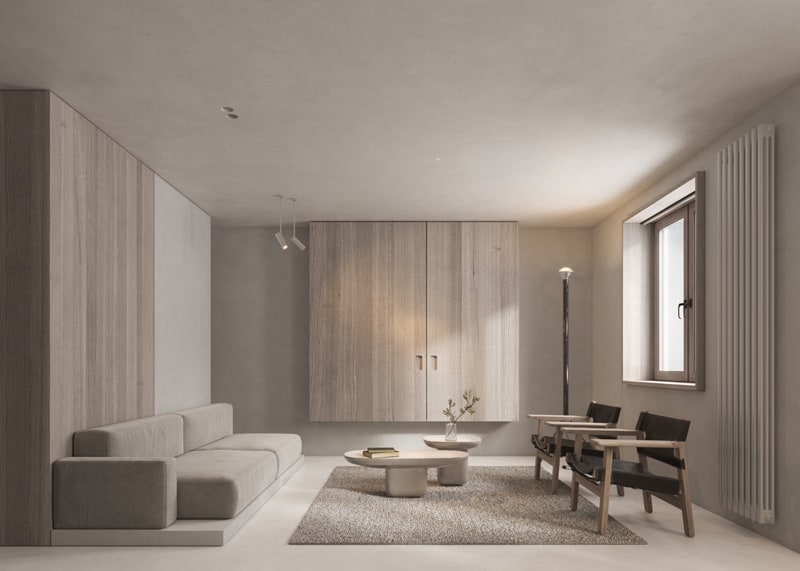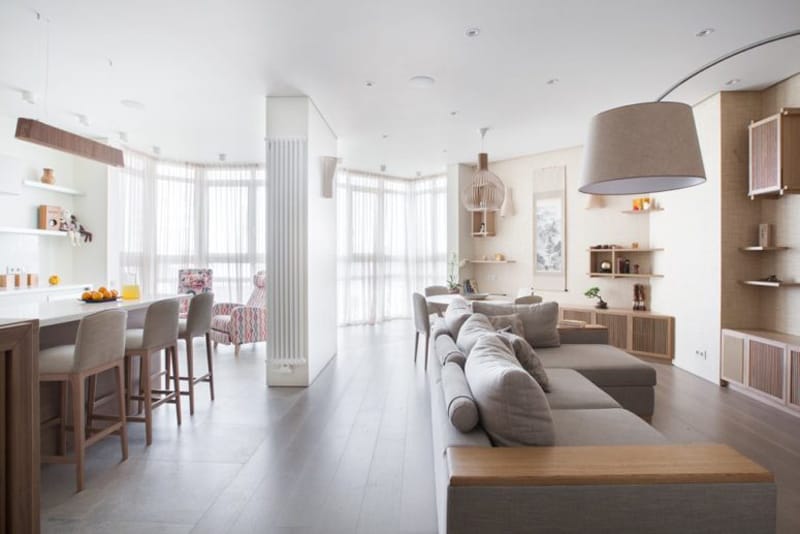Whether you have just moved into your first home or you want to update a house with a look that you’ve grown tired of, do-it-yourself home design is easier than ever. You can go online to see images that can spark some great ideas, and there are a seemingly endless number of tutorials as well. Despite this, it can be easy to make small mistakes that can spell home decor disaster. Below are four of the most common errors people make when it comes to home design.
Not Budgeting
If you currently don’t have an efficient budget, you can quickly find yourself spending far more than you can afford. Budgeting can also help you figure out your priorities. For example, if you can’t afford to redo your entire house at once, you may want to start with just one room. The living room could be a solid first choice since it is most frequently viewed when you enter the home, or the kitchen if you are an avid cook and spend most of your time preparing meals.
You can consider taking out personal loans in order to pay for the redesign, which can provide you with much more favorable interest rates over the long term than a credit card offer. It’s easy to apply online and get matched with loan options in under a minute. Another common budgeting error is underestimating what everything will cost. A good rule of thumb is to always assume things will be more expensive than you anticipate and to build in some flexibility.

Color and Pattern Problems
Not everyone has an instinct for the colors that fit together. This can result in clashes, but some people also make the mistake of going for a monotonous single color. Some people also struggle with how patterns fit together in a room. You can mix and match patterns, but you can also go overboard. Even if you are largely redoing your home on your own, you may want to consult a professional for this element of your planning or at least run your ideas by a design-savvy friend.
Mistakes of Scale
Have you ever walked into a room where a couch or another piece of furniture absolutely dominated? Be sure that the furniture you choose is proportional to the size of your rooms. Measure everything because things can look very different on the showroom floor than they do in your home. If you’ve got a family heirloom you can’t bear to part with or another item that simply doesn’t fit in the space you have, consider how you could repurpose it. Maybe that oversized bookcase could hold some cookbooks and dishes in your kitchen instead of hulking over everything else in your living room.

Lighting Errors
Too often, lighting is an afterthought, but it can make or break the look of a room. You need to consider the effects of both natural and artificial light. Is the room too bright or too dim? Would you be better with floor lamps instead of a bright overhead? Are the fixtures outdated? Is a dimmer switch a good idea? Be sure to take all of these questions into account as well as how any fixtures you choose fit in with the rest of the room.

